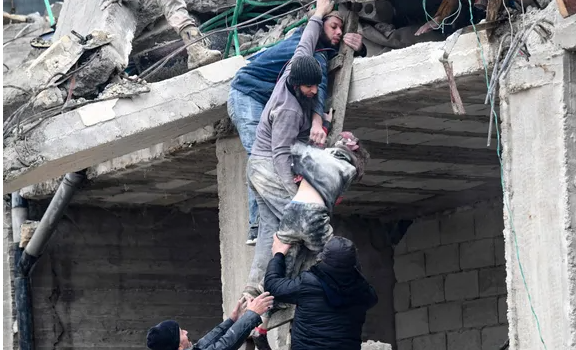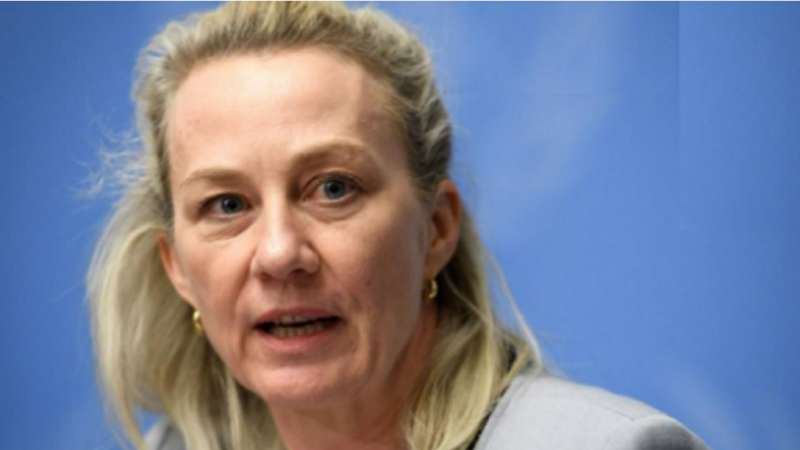Chandrayaan-3 Best Moon Landing: India’s “20 Minutes of Terror”

Chandrayaan-3 Moon Landing: India’s “20 Minutes of Terror”
India’s Chandrayaan-3 is all set to create history by attempting to soft land the Vikram lander along with the Pragyan rover near the moon’s south pole.
New Delhi: On Wednesday, the nation will go through its most painful twenty minutes, when the Vikram lander goes to attempt a soft landing on the lunar surface in the evening.
India’s Chandrayaan-3 is all set to create history by attempting to soft land the Vikram lander along with the Pragyan rover near the moon’s south pole.
The nail-biting last twenty minutes of its journey are being described as twenty minutes of terror that could resemble a tight end to a T20 match.
Journey and landing process of Chandrayaan-3
After a majestic lift, ISRO’s Bahubali rocket or launch vehicle, Mark-3, puts Chandrayaan-3 into orbit. Chandrayaan-3 took many elliptical orbits of the Earth to gain speed
Chandrayaan-3 was pushed towards the Moon on its 3.84 lakh km journey on August 1. On August 5, the Chandrayaan-3 satellite slowly entered the lunar orbit and settled down. In lunar orbit, Chandrayaan-3 remained stable for many days.
In an important and clever maneuver, the Vikram lander with the propulsion module and Pragyan rover separated on August 17 – while the satellite was in a 153 km by 163 km orbit. The propulsion module continues its journey around the moon in a 153 km by 163 km orbit.
Soon, the Vikram lander was brought close to the Moon’s surface in a 134 km by 25 km elliptical orbit before starting a powered landing. So far India has successfully completed this process on Chandrayaan-2.
Landing day, twenty minutes of terror or T20 for a nail-biting finish. On command from Bangalore, the Vikram lander will begin its descent towards the lunar surface from an altitude of 25 km.
In a powered landing, the Vikram lander will start hurtling towards the lunar surface at 1.68 km per second, which is about 6048 km per hour – about ten times the speed of an airplane.
The Vikram lander will then slow down with all its engines firing – but the lander is still nearly horizontal to the lunar surface – in what is called a rough braking phase that lasts about 11 minutes.
Through some maneuvering, the Vikram lander will be brought vertical to the lunar surface, beginning the ‘fine breaking phase’.
It was in the critical braking phase, when the Vikram lander went out of control during Chandrayaan-2 launch and crashed.
At 800 meters above the Moon’s surface, both horizontal and vertical momentum come to zero and the Vikram lander hovers above the Moon’s surface, surveying the landing strip.
The Vikram lander descends further to stop and rotate at 150 meters taking images for hazard detection and searching for the best landing site.
It will then touch down on the lunar surface with only two engines, and the legs are designed to hit a maximum speed of 3 m/s, or about 10.8 km per hour.
Once the sensors on the legs sense the lunar surface, the engines will shut down, ending the twenty minutes of terror.
Lunar dust called regolith that rises up during landing allows drift and settlement. Later the ramp opens. The Pragyan rover is being lowered slowly.
Once the Pragyan rover reaches the lunar surface and the rover can then move around the lunar surface.
The big moment came when Vikram photographed the Lander Rover and Pragyan photographed the Rover Lander, India’s first selfies from the lunar surface back in India.
Listen to the latest songs, only on JioSaavn.com
Now the real science can begin, both the Vikram lander and rover are solar powered and designed for one lunar day – equal to 14 Earth days.
If all goes well, India will be the fourth country to make a soft landing on the celestial body. One small step for ISRO and one giant leap for India in ‘Amrit Kal’. A truly heavenly ‘Hanuman’ leap for a country of 1.4 billion people.
Read More,





